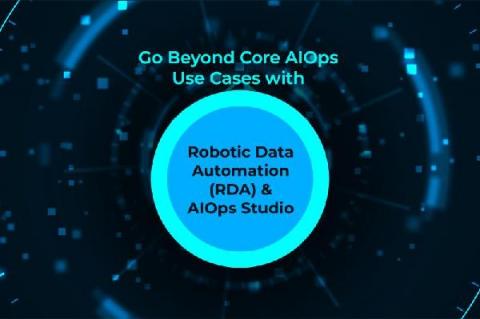Operations | Monitoring | ITSM | DevOps | Cloud
Blog
Optimized billing and customer management for AWS MSPs
Cloud MSPs or managed service providers are great at helping companies properly leverage the public cloud, typically handling cloud strategy, implementation and day-to-day operations for their customers. However, when it comes to things like customizable billing, analyzing cloud spend per customer, optimizing cost and increasing profit margins, MSPs are over-burdened with complex, manual processes.
How the technology gap grew during 2020
Five worthy reads: Is DataOps the next big value driver in the analytics ecosystem?
Five worthy reads is a regular column on five noteworthy items we’ve discovered while researching trending and timeless topics. In this edition, we’ll learn about DataOps, an interesting methodology that can help organizations fast-track their data analytics operations.
Guide to using Docker for your CI/CD pipelines
Docker is a platform for developers and sysadmins to develop, deploy, and run applications using containers. Docker is also referred to as an application packaging tool. This means that enabled applications can be configured and packaged into a Docker image that can be used to spawn Docker containers that run instances of the application. It provides many benefits including runtime environment isolation, consistency via code, and portability.
The Application Blame Game - New Survey Reveals Troubling Trends in IT
Studies consistently show that a positive UX (user experience) drives revenue growth, repeat business and brand loyalty. Here’s a good example: in Robert Pressman’s book Software Engineering: A Practitioner’s Approach, he writes “For every dollar spent to resolve a problem during product design, $10 would be spent on the same problem during development, and multiply to $100 or more if the problem had to be solved after the product’s release.”
SquaredUp 5.1 is here
We are delighted to announce that SquaredUp 5.1 is now available! With this latest update, we are introducing new integrations and visualizations that extend the picture of your business services and applications by unlocking even more of your data that is trapped within silos. You can now get insights on your enterprise applications from any angle! These features are available in all our products, including our newest product Dashboard Server.
A guide to website uptime monitoring with UptimeRobot
Your website is your primary storefront on the internet and any website issues can lead to customer dissatisfaction and lost business. Which is why it is important to monitor your website to make sure that it is working properly. In this guide, we will learn how to set up website uptime monitoring with UptimeRobot.
How to start performance monitoring with Sentry
Making sure that your websites and apps are not slowing down and frustrating your users is important to keep your customers happy. Sentry performance monitoring enables you to find and solve performance issues in your apps.
How To Improve Workflow Productivity And Operational Efficiency?
Did you know that an average worker spends approximately 3 hours per 8 hour workday in personal or unproductive work? A significant amount of time is lost in repetitive or administrative tasks, which do not aid in increasing project productivity. Instead, they adversely impact employee satisfaction and efficiency by robbing substantial project time. As such, improving workflow productivity and efficiency has become a key challenge for organizations today.











